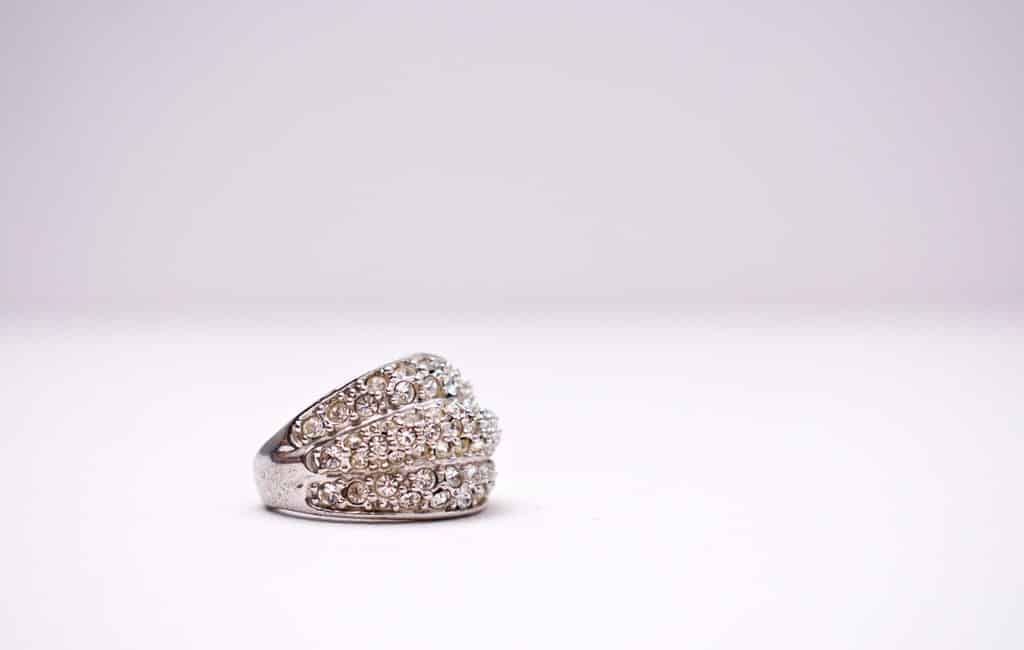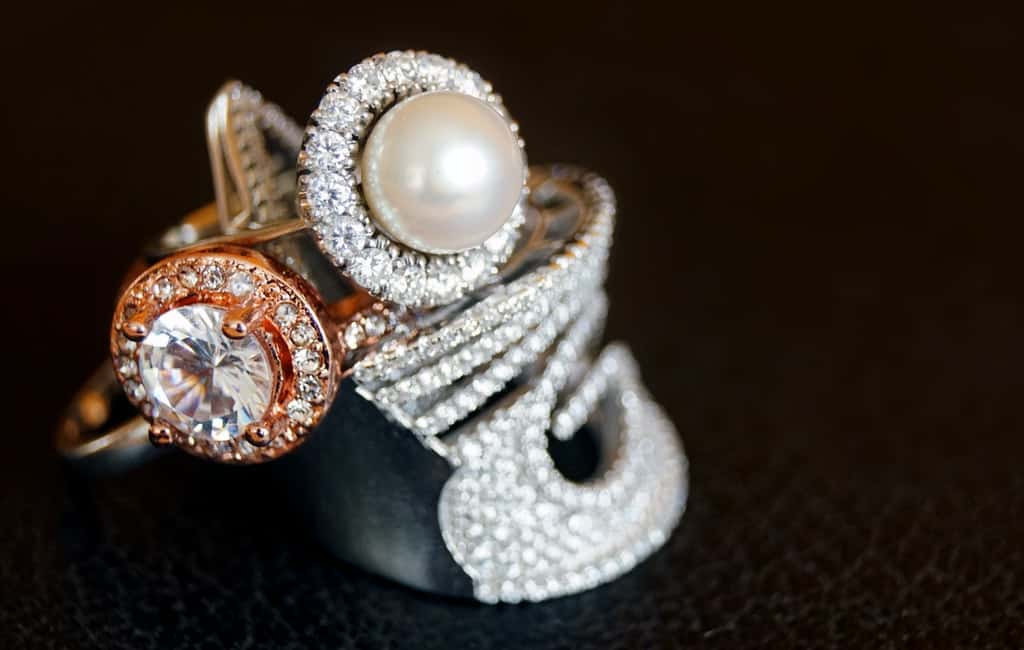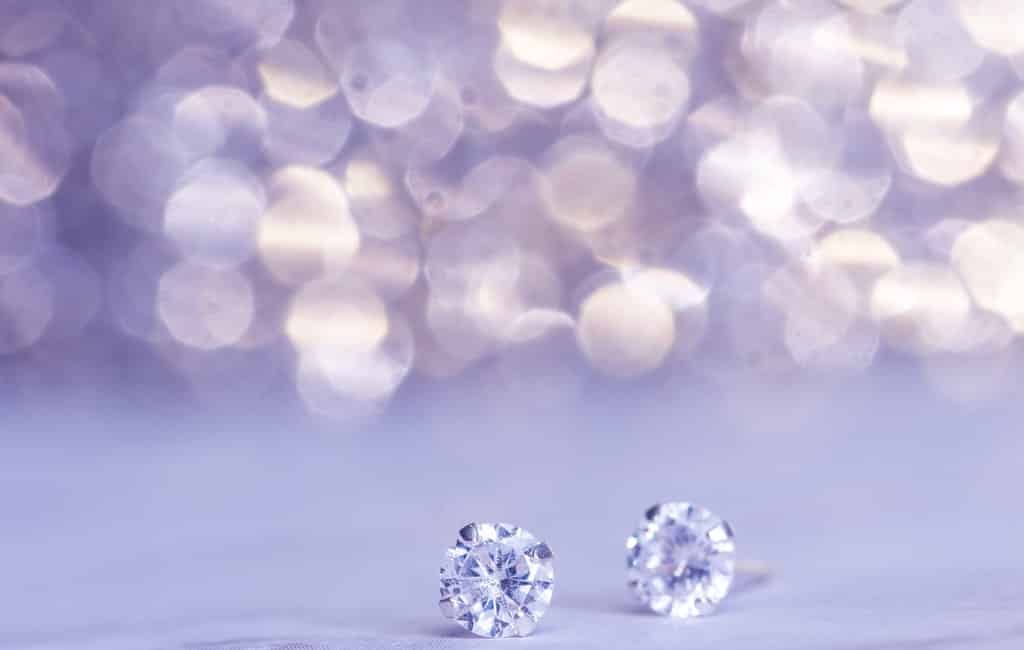Diamonds are some of the most expensive gemstones in the world, as well as some of the most desirable and popular. They are relatively rare compared to many other gemstones such as amethysts, opals, citrine and so on (which can be categorized as semi-precious stones).
Gemstones comprise of mineral deposits that have accumulated and undergone certain processes over the course of many years (up to millions and even billions of years). They can be divided into two main groups, which are precious stones and semi-precious stones. Diamonds are the hardest gemstones of all.

WHAT ARE DIAMONDS?
Diamonds are gemstones that are formed deep beneath the earth’s crust from mineral deposits and pure carbon, which accumulate to form the rigid crystal lattices of diamonds. They are the hardest known materials in the world, and the hardest known gemstones in the world. Also, they happen to be the most popular gemstone in the world.
Diamonds owe their popularity to a lot of factors, the most important of which have to do with the quality of the stone, as well as some cultural references and myths (or superstition).
In terms of stone quality, diamonds are desired because of their remarkable hardness, cut, clarity, brilliance or sparkle and weight. Diamonds of extremely high quality have good weight measurements, which are taken – estimated and recorded – in the form of carats. One carat is about 200 milligrams. However, diamonds are also measured in terms of points; with one point being 0.01 carats. These measurements have been established and put in place because there are different types of diamonds, which may be natural or synthetic and each diamond has properties that set it apart from other diamonds; properties such as its specific shape, cut, brilliance and weight.
In the aspect of cultural references and myths, we see that a huge part of the global demand for diamonds have to do with the way social media and culture has portrayed them over the years. First of all, diamonds are popularly known as a girl’s best friend. In a world that is constantly chasing after fashion and true love, diamonds represent a sort of timeless representation for both. This is because these gemstones are not just the hardest substances on earth, they are also the most resistant objects to any form of degradation (plus, they are pretty and rare). Therefore, they are always in demand.

WHAT ARE THE TYPES OF DIAMONDS?
There are different types of diamonds, which is rather unsurprising because we live in a world that is filled with countless numbers of things that are unique (even each individual, though a part of mankind, is unique in their own right; and so, it shouldn’t be surprising that diamonds can also have their own individual characteristics, though they are made up of the same things).
Diamonds can fall into different categories, based on several factors which include the following:
- Color
There are different types of diamonds, based on color alone. Diamonds come in different shades and hues as a result of their chemical composition. Earlier on, we established that diamonds are formed from pure carbon which accumulates to form rigid crystal structures beneath the earth crust. This process is only made possible when the pure carbon atoms are exposed to – and acted upon by – forces of extreme pressure and heat; the likes of which can only be found deep underneath the earth, particularly in sites that have experienced volcanic action or eruptions before. The hot molten lava and gases produced during volcanic eruptions have a way of creating the right conditions for the formation of diamonds over the course of several years (which may be up to millions, and even billions of years).
During the process of diamond formation, the rigid crystal lattices which bind the diamond structure together do not allow easy access for other types of elements such as boron and nitrogen, which lead to the formation of colored diamonds. This is why white diamonds (or transparent diamonds) are the most common and popular types of diamonds in the world.
However, just because it is difficult for elements like boron, nitrogen and hydrogen to infiltrate the crystal lattice of diamonds doesn’t make it impossible. These elements and a few others have proved time and again – over the course of several million years – that they are indeed up to the task; which is why today, we have different colors of diamonds such as yellow, orange, purple, black and so on. There are also other colors of diamonds such as green (which is formed from exposure to radiation) and red (no one is quite sure what causes the formation of red diamonds).
- The occurrence of conflict where they are mined
Under this category, there are two types of diamonds; conflict diamonds and non-conflict diamonds.
Conflict diamonds are diamonds that are mined from places where some other forces other than a legitimate institution are in charge of the government. They are also called blood diamonds (particularly when they are obtained from war-torn countries or war-zones). Blood diamonds or conflict diamonds are frowned upon in the global gemstone industry and their trade is banned in many countries including the USA.
To prevent mistakes, non-conflict diamonds (which are mined from places where they have legitimate governments) are usually fitted with certification by means of laser technology. This method of differentiation is not a hundred percent foolproof though, as these certifications can sometimes be forged.
ARE THERE STILL BLOOD DIAMONDS?
In 2006, famous Hollywood actor, Leonardo DiCaprio, acted in a movie titled Blood Diamond. This film sparked a lot of public concern for the mining and trading of conflict diamonds; which are often used to fund wars in warring countries, therefore resulting in many casualties.
Since that time, the United Nations and various other bodies, across several different countries, have put in place – and implemented – several laws and restrictions that ban the trade of blood diamonds in the global gemstone market.
Now, blood diamonds are practically non-existent. The ones that do exist are nearly impossible to trade.

